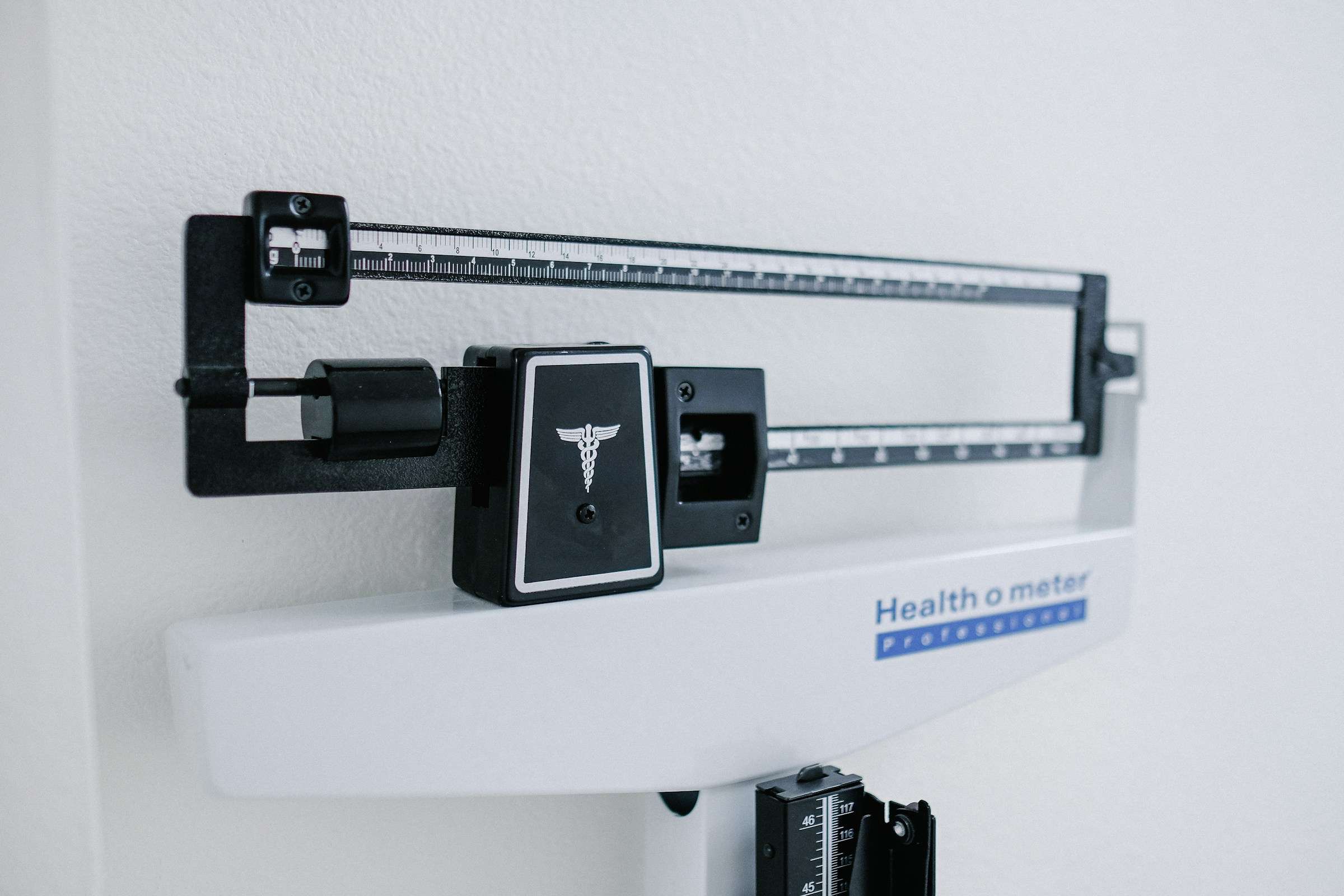
I weigh myself every day. I do it for a few important reasons. Weighing daily is part of my morning routine. Each...

I weigh myself every day. I do it for a few important reasons. Weighing daily is part of my morning routine. Each...

When it comes to weight management, there are countless supplements marketed for fat loss, muscle gain, and performance enhancement. One of the...

Protein shakes are a staple in the fitness industry, often marketed as a convenient way to boost protein intake. They’re...

At MacArthur Medical Center, we know that weight loss isn’t just about knowing what to do—it’s about staying consistent. If you’ve struggled with weight, chances are you’ve experienced the highs...

At MacArthur Medical Center, we recognize that every weight loss journey has challenges. For many, hitting a plateau can be...

At Macarthur Medical Center, we are dedicated to supporting your weight loss journey with evidence-based therapies like GLP-1 agonists. Semaglutide...

Prioritizing protein is one of the most crucial rules for weight loss, especially while using GLP-1 medications. Protein is not...

Every day, patients ask if starting GLP-1 medications, like Semaglutide, means a lifelong commitment. The question is understandable. Long-term commitments...

If you’re reading this, you’ve likely already made a critical decision: to embark on a weight loss journey. Perhaps this...

GLP-1 agonists are transformative medications in aiding weight loss. However, these medications are most effective with strategic dietary choices. Eating...